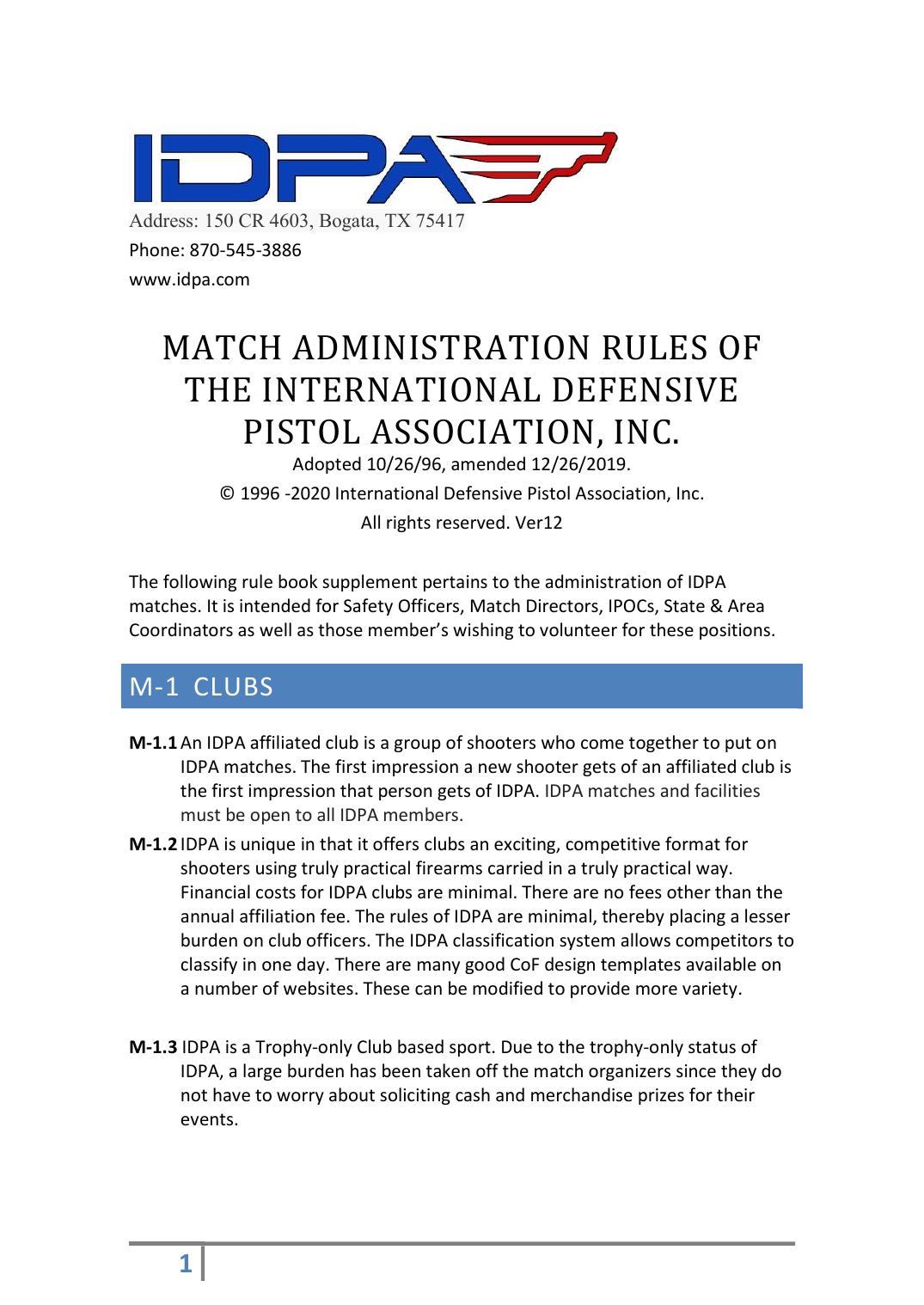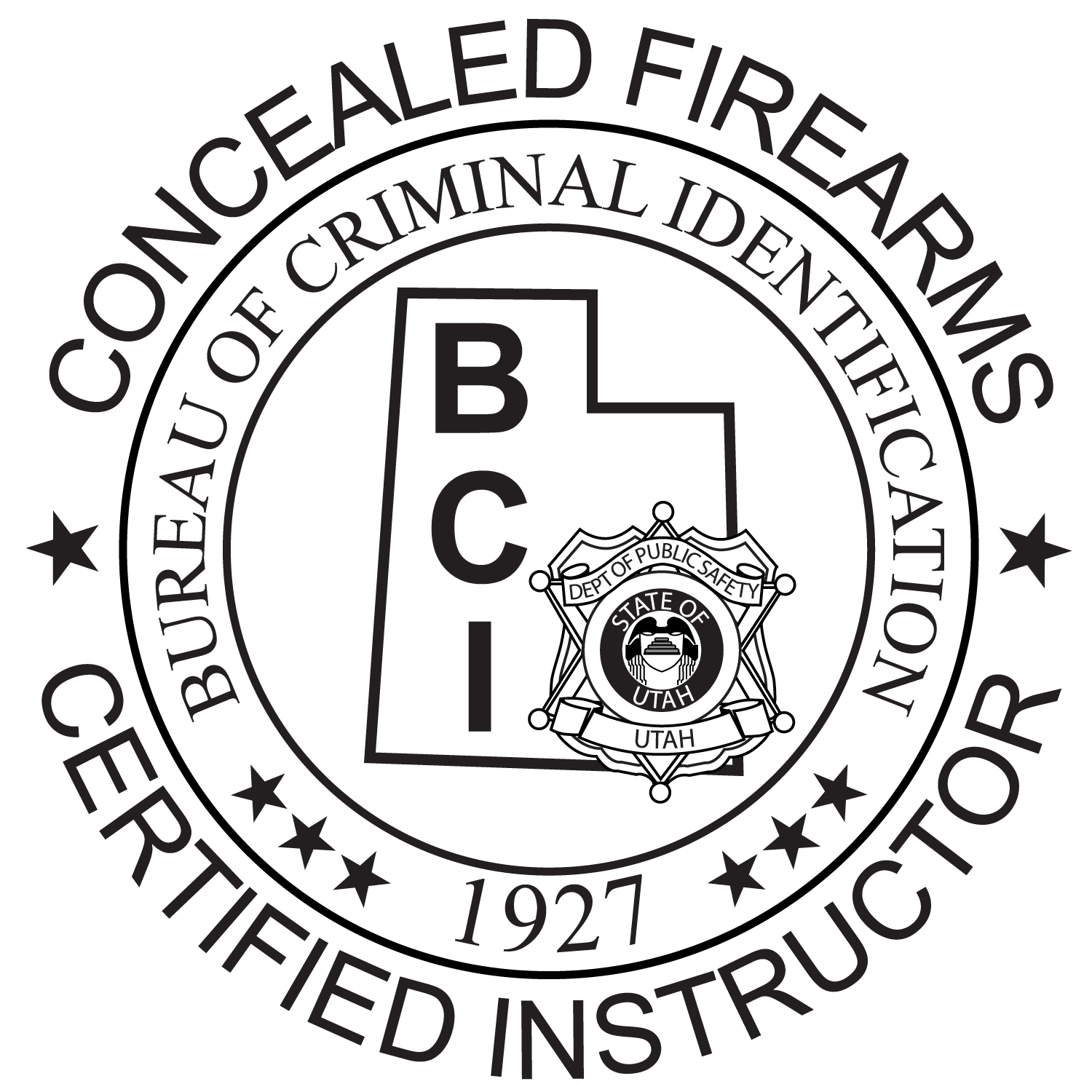
Handgun defense training can be of several types, and there are several different types of handgun classes. There are many types of handgun classes, ranging from the Bullets & Bandages I course to the Fundamentals of Tactical Handgun II course. There are also Advanced Tactics and Target ID training. A good handgun defense training course will provide you with the necessary tools to protect yourself. Listed below are the types of handgun classes.
Bullets & Bandages I
Bullets & Bandages, a class offered by SIG Sauer Academy, combines both emergency medical care as well as shooting in one class. This class shares the same logo as Dark Angel Medical’s Tactical Medicine course. However, it has a live-fire element that makes it stand out. Bullets & Bandages is a 3-day course that teaches participants how to give first aid under fire in a realistic-world setting.
In "Bullets & Bandages", students will learn the various types of gunshot wounds. He will be shown photographs of entry and exit wounds. He will also receive information about stab injuries, blast injuries and fractures. He will also talk about the effects of the bullet upon the lungs, including tension pneumothoraxes and pneumothoraxes.

Tactical Handgun II: The Fundamentals
To become a certified firearms instructor, you must first learn the fundamentals of handgun firing. The first course, Fundamentals of Tactical Handgun, teaches the fundamentals of shooting and concealment through a hands-on approach with simulated ammunition. This course includes power point instruction, target practice, and video clips to reinforce basic shooting skills. The Fundamentals course is over. You can now enroll in Tactical Mindset.
Tactical Pistol Fundamentals is a two-day event that teaches firearm safety and fundamentals. It focuses on shooting skills as well as practical applications for self defense. It also teaches students to use weapons in restricted spaces. The course will also help students become confident with their weapons and how to maintain them in the case of a violent encounter.
Target ID class
The Target ID class provides a comprehensive handgun defensive training program. It teaches students the skills they need to be able to respond in self-defense situations. This class focuses on proper target identification, situational awareness, and threat quantification. It is an excellent choice for novice shooters. The class is designed to make them confident and ready in case of emergency. However, there are certain prerequisites. For this class you must be physically fit. You should also have an understanding of your duty belt. You should also bring your gun and five magazines, 50 rounds of ammunition, and a practice tourniquet.
The course covers the operation of the weapon systems, sighting and zeroing properly, manipulation of weapon system and shooting from various body positions. You will also be taught how to shoot through windows or at angles below one meter. You will also learn to use a flashlight safely and how to stay away from danger. You'll be able to use the handgun with confidence in a variety of situations and with a full knowledge of how to use it in a defensive situation.

Advanced Tactics class
Anthony M. Barrera M.D. developed the Advanced handgun defense course and John S. Farnam teaches it. It provides a complete overview of many less-lethal tools. The instructors will teach you how to use platforms, verbal defense commands, and physical defense techniques. This course will teach students how to use multiple defense weapons, including the handgun. Each skill will be practiced several times.
HITS #1 focuses on stress-movement handgun drills. The students will be assessed on their ability maintain the gun, make quick repairs, and use appropriate cover. They will also learn safe techniques to draw a concealed firearm from a belt. To participate in this course, students should be in reasonable physical shape and familiar with their duty belt and holster. Students may bring a handgun, or AR rifle, to the class.
FAQ
What types are allowed to be used in firearms?
You have many options when hunting.
Hunters usually use rifles or shotguns or handguns as well muzzle-loading firearms.
Rifles have long range capabilities and can fire bullets. Shotguns can be loaded with pellets. Handguns can fire bullets through the hands. Muzzle-loading firearms look similar to modern pistols.
Crossbows are used to shoot arrows. Bowhunters are archery weapon.
Crossbow hunting requires special training. First, learn how you can aim and shoot the weapon.
Can I take my dog with?
In most states, dogs are prohibited from being hunted with humans. However, certain states have laws that permit this practice. This practice is not allowed in all states.
Some hunters even bring their pets along. Some people believe that having their pet with them helps them relax while hunting. Others say that having a companion makes them less likely to get lost.
However, it is possible to have problems with bringing your pet. Dogs can chase after animals and may even attack the hunter. Wild animals can also attack pets.
How many people in the US rely on hunting?
More than 300 million hunters live in the United States. That means there are nearly twice as many hunters as people living in New York City.
Hunting is a American pastime that has existed for hundreds of years. However, today's hunters are less common than ever. According to the U.S. The U.S. Fish & Wildlife Service reports that only 2 percent shoot regularly. Even lower is the number of young adults who hunt regularly.
While hunting may seem like something that is long gone, it is still popular among the older generation. Recent research found that 68% of boomers plan on hunting again when they retire. Hunting is for them a way to enjoy the outdoors and connect with nature.
For younger generations hunting is not necessarily a priority. In fact, according to the National Shooting Sports Foundation, only 18 percent of millennials consider themselves avid shooters.
FWS works hard to ensure that America's wild places are accessible to all.
To raise awareness about public lands in the country, the agency launched the "Wild Lands” campaign in 2014. The goal is to educate people about the importance of preserving these areas and encourage them to visit them.
The Wild Lands initiative encourages conservation efforts. FWS and National Rifle Association have partnered to create Project Gunter, a youth shooting sport program. This program helps children learn how to safely handle firearms, as well as safety and marksmanship skills.
Project Gunter is now expanding to women and minorities. This has led to more children learning how to use guns and becoming active participants in wildlife conservation.
Statistics
- Indiana, for example, saw a 28% jump in turkey license sales during the first week of the season. (stacker.com)
- Over the past 50 years, the number of hunting licenses in California has been on a rapid decline, falling 70% from more than 760,000 in the 1970s to under 268,000 in 2020—even as the state's population has skyrocketed, according to The Mercury News. (stacker.com)
- According to the Wildlife Restoration Act, passed in 1937, most of the state conservation efforts are funded through hunting and fishing license sales and firearms sales. (stacker.com)
- - Percent of residents with paid hunting licenses: 0.7%- (stacker.com)
External Links
How To
How can I teach my son how to hunt
This is a common problem. Parents want their children to be able to shoot guns but don't know where to begin. The first thing you should think about when teaching your child how to use a gun is safety. You need to make sure that your child is aware of what to do in the event of an accident. It's important to make sure that he fully understands shooting rules. He should be taught to keep his finger away from the trigger when he is ready to fire. You should immediately call 911 if he shoots himself in error.
Next is to show him how different weapons work. This covers rifles, shotguns and pistols as well as airguns. To help your kid choose the one that suits him best, it is important to know how each weapon works. When choosing a weapon, you should consider its size, weight, accuracy, and power. A.22 caliber rifle is a good choice for a starter rifle. It's small enough for beginners to hold, yet powerful enough to kill pests like squirrels. A 12-gauge shotgun, on other hand, is large enough to comfortably hold and has the power to kill any animal. Airguns can be operated quietly and easily, making them ideal for children learning to shoot.
You should now help your child practice shooting at targets. He should practice shooting from different angles and positions in order to discover which position works best for him. You must also ensure that he understands how to properly clean, maintain, and store his weapon.
After your child has learned the basics, it's time to move on to hunting. There are many ways to teach your child how to hunt. Let him out in the wild with you. Another option is to buy a gun from a store and show him how to load and unload it. Another way to help your child train a dog is to get one. Dogs are great because they follow commands easily and obey quickly. Dogs can be a great friend and playmate for your kid.
If none or all of these options appeal to them, you can hire someone else to teach your child. However, this method is expensive and requires a lot of babysitting.